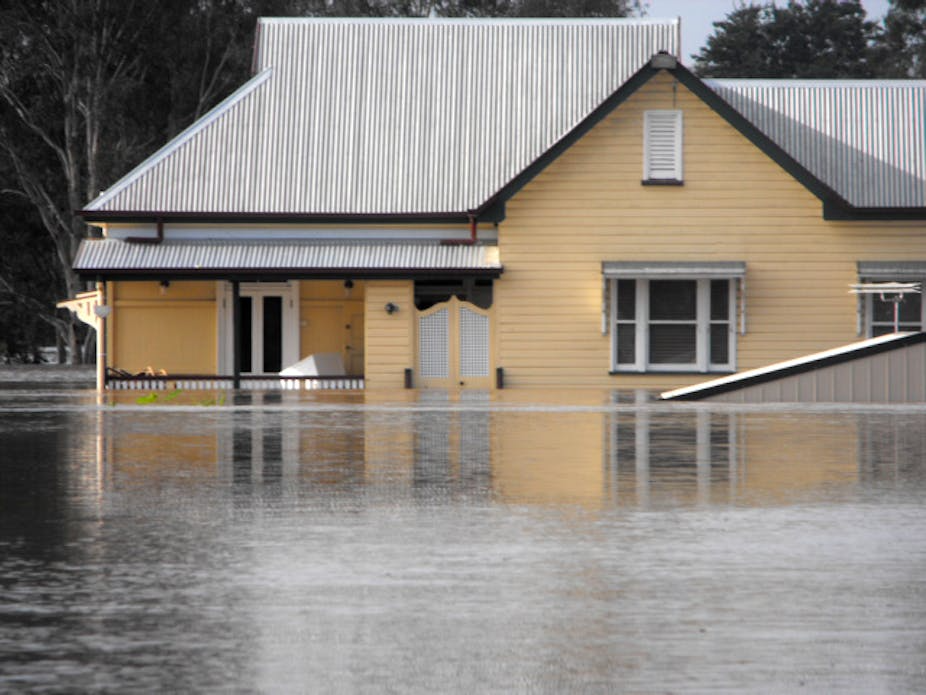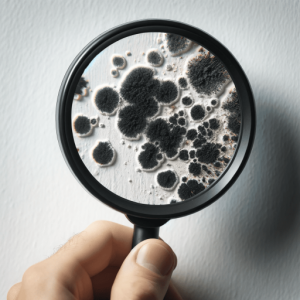Bacteria Drives CIRS, Not Mould
Chronic Inflammatory Response Syndrome (CIRS) is a complex illness affecting multiple systems and presenting various symptoms, traditionally linked to mould exposure. Research now shows that bacteria plays the dominant role in CIRS. This shift in understanding emphasizes the importance of considering bacterial exposure when diagnosing and treating this condition.
Given these findings, it is crucial to conduct comprehensive testing for both moulds and bacteria, including cyanobacteria. Science-based identification and professional remediation of these contaminants can help mitigate the health impacts and improve outcomes for individuals suffering from CIRS.

Cyanobacteria is Not Found in Dry Homes, Yet "Our Investigations" Show it Growing in Water Damaged Homes.
Vince Neil- Member of Surviving Mould
Doctors Ryan and Shoemaker who have shown that in those with a chronic inflammatory response _
… only 7-12 per cent of inflammatory changes in gene expression are due to mould.
… whereas 70 per cent of inflammatory changes in gene expression are due to bacteria.
“Despite their expertise, building biologists and hygienists neglect bacterial exposure.”
If you’re looking at your home environment or workplace it’s more than just mould.
You need to look at bacteria, viruses, and chemicals.
Man-made materials can be broken down with high moisture levels and contamination. Its these VOC’s and chemicals which may permeate the blood brain barrier, that’s why some have immediate reactions to a water damaged building.
The Path to Healing: You Are Not Alone
Let us help you to get better.
30 years of knowledge in One Little Black Book.
“The Little Black Book of Mould and Bacteria”.
Allow us to assist YOU in educating YOUR family, your doctor, your naturopath, your Chinese herbalist, and your remediator with groundbreaking information.
Trust us to help you walk down your road to recovery.
Discover the significance of VCS (Visual Contrast Sensitivity) as a diagnostic tool. It plays a crucial role in identifying issues such as:
- Poor vision
- Gene expression dysfunction
- VOCs (Volatile Organic Compounds)
- Mould and bacteria species
- Symptoms associated with exposure to these microorganisms
- Levels of inflammation causing brain impairment and damage
